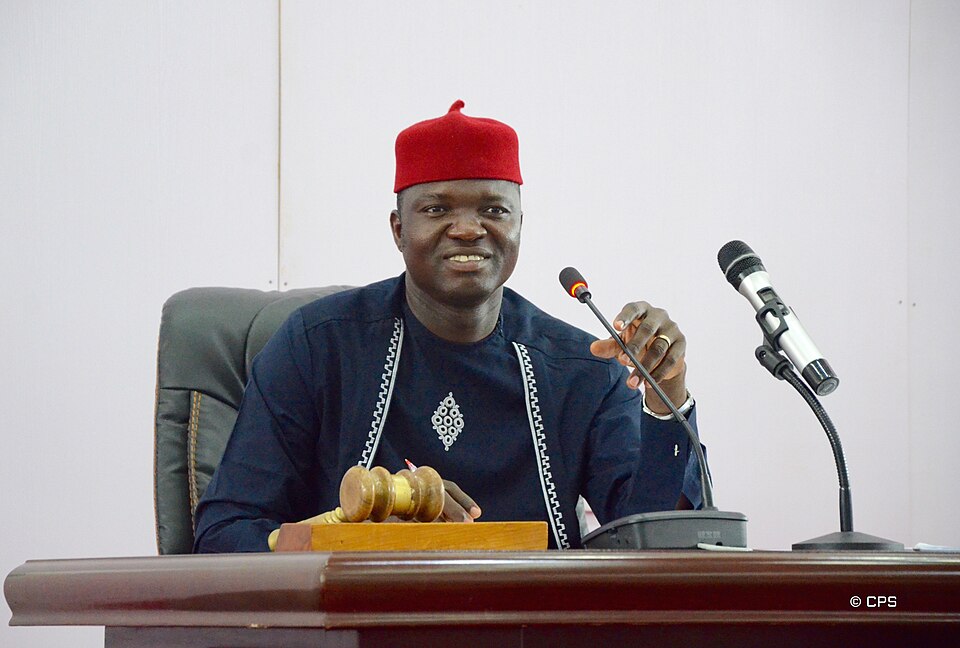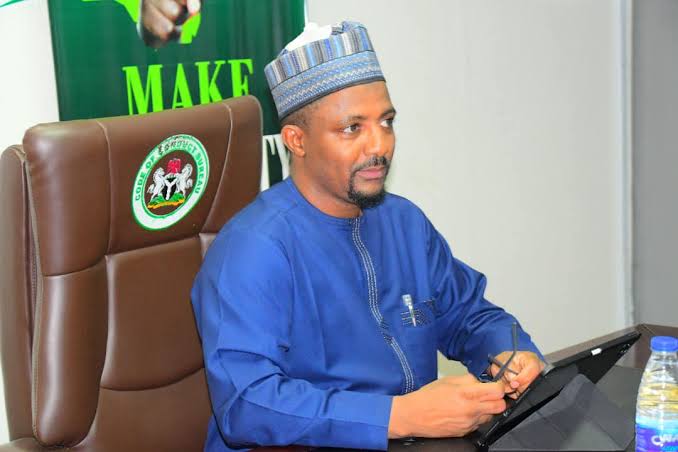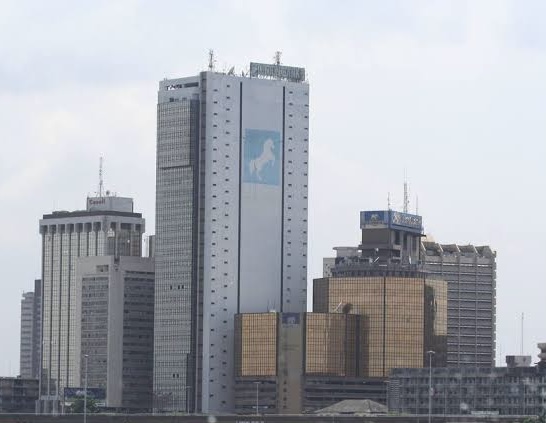
Teachers in Kaduna State insist they are still being paid under the old wage structure, despite government claims that a new minimum wage of N72,000 has taken effect.
Fresh findings by the Nigerian Guild of Investigative Journalists (NGIJ) on Monday showed that payslips and bank alerts from workers in several local government areas reflected salaries far below the promised amount.
The investigation, which covered teachers in Lere, Zaria and other parts of the state, revealed that many are still earning between N30,000 and N42,000 monthly. For instance, a level 7 teacher in Lere Local Government presented his August 2025 payslip showing only N37,436 credited to his account on 3 September, while another teacher in Zaria confirmed receiving N42,000 for the same month.
These revelations contradict assurances previously given by the Kaduna State Chairman of the Nigeria Labour Congress (NLC), Ayuba Suleiman, who had stated that Governor Uba Sani had approved and commenced payment of the new wage for workers on levels 1–7. The state Commissioner for Information, Ahmed Maiyaki, also repeated this claim during NGIJ’s visit to his office.
The findings were not limited to basic education. At Nuhu Bamali Polytechnic, Zaria, lecturers also complained of receiving salaries below the new benchmark. One lecturer, who asked not to be named, said he was paid N64,800 in August, lamenting: “There is no reflection of the N72,000 minimum wage in our pay. What government is saying is different from what we are seeing in our bank accounts.”
NGIJ President, Malam Abdulrahman Aliagan, speaking on the preliminary report, said the Guild was still gathering evidence and consulting stakeholders to ensure a fair assessment. He noted that NGIJ’s final governance report on Kaduna State, scheduled for release in November at a press conference in Abuja, would provide a clearer picture of the wage situation.
The revelations have raised fresh concerns about transparency and accountability in Kaduna’s wage administration, with many workers questioning the wide gap between the government’s promises and their actual earnings.












